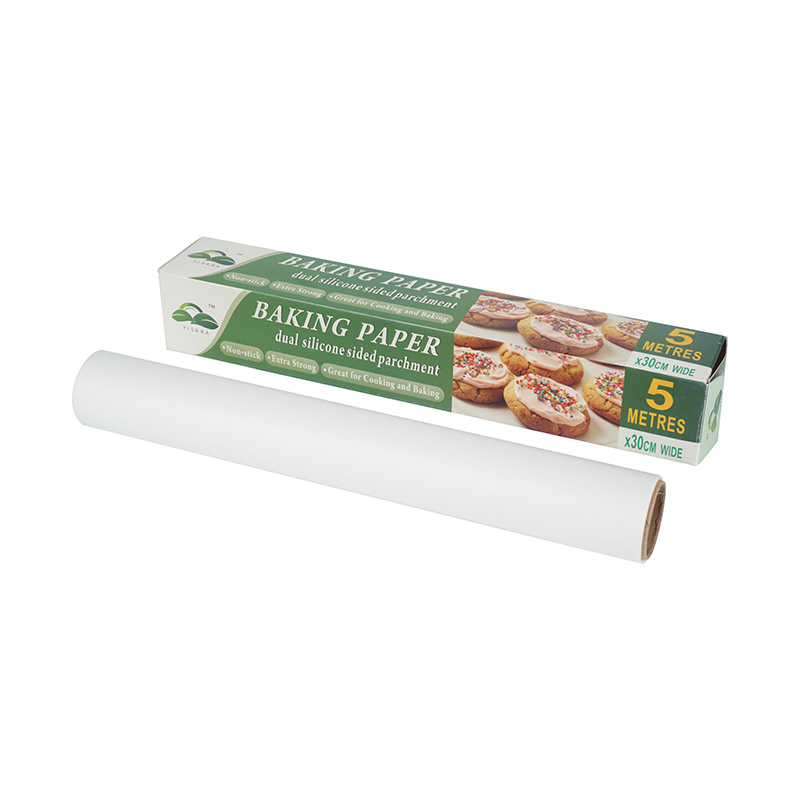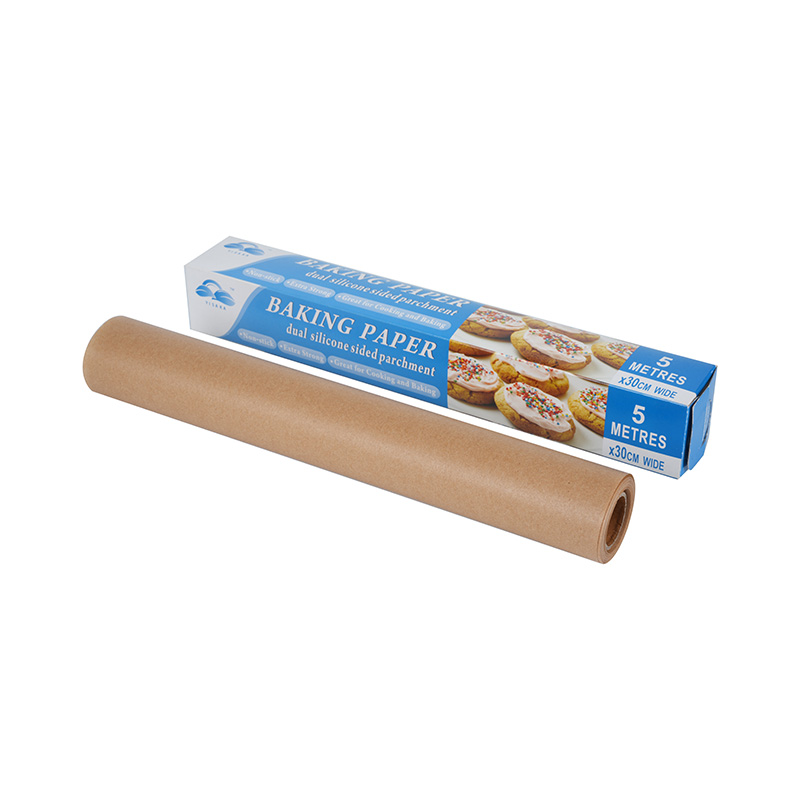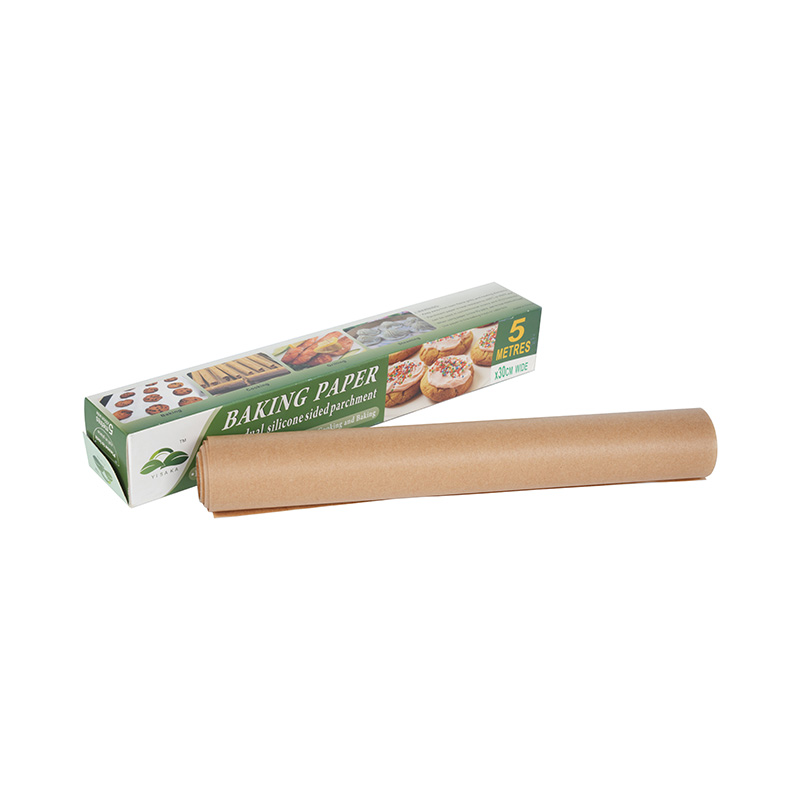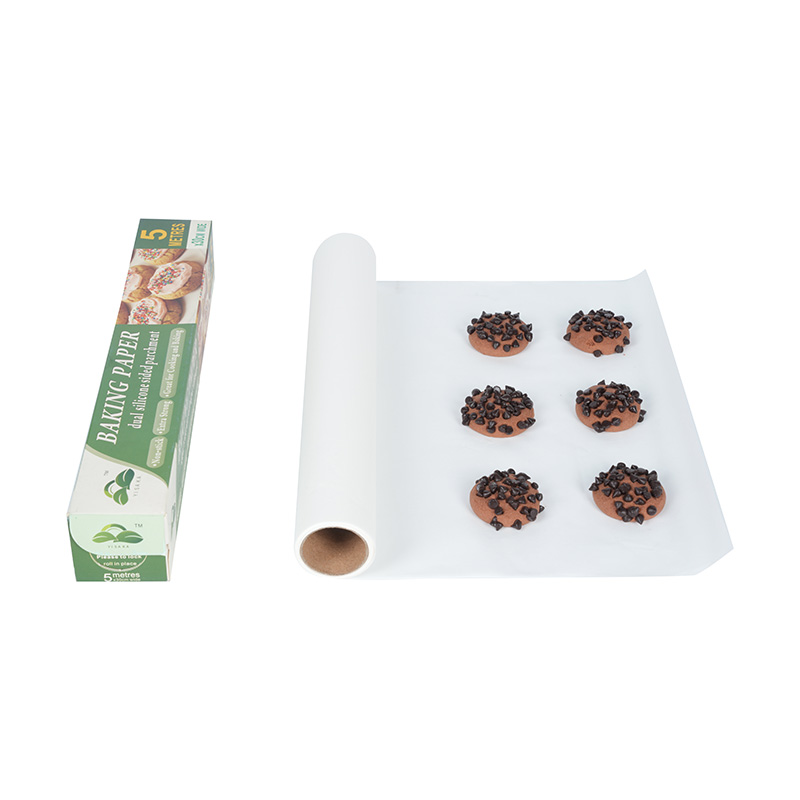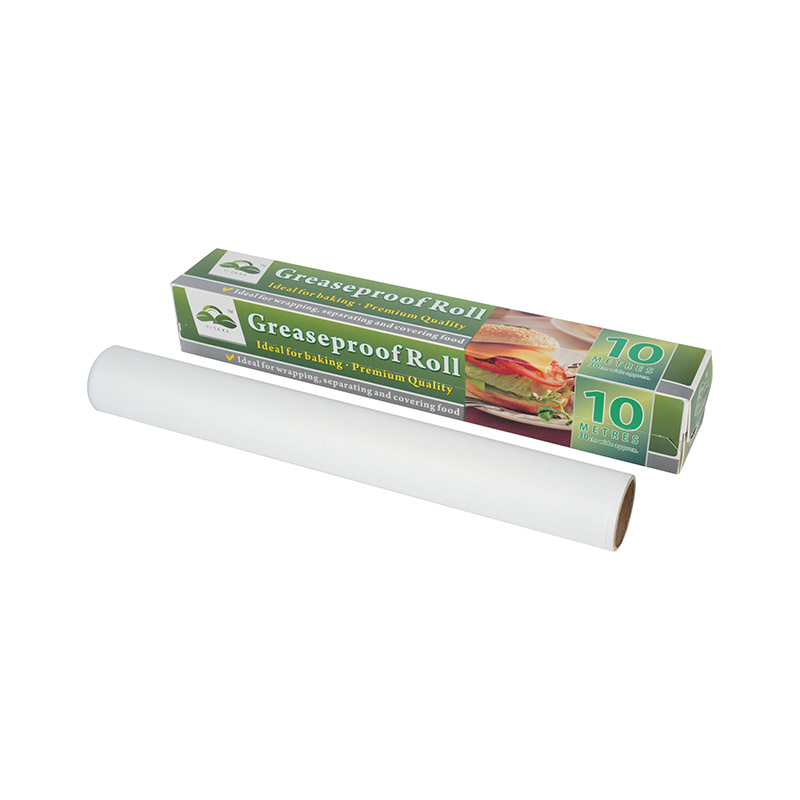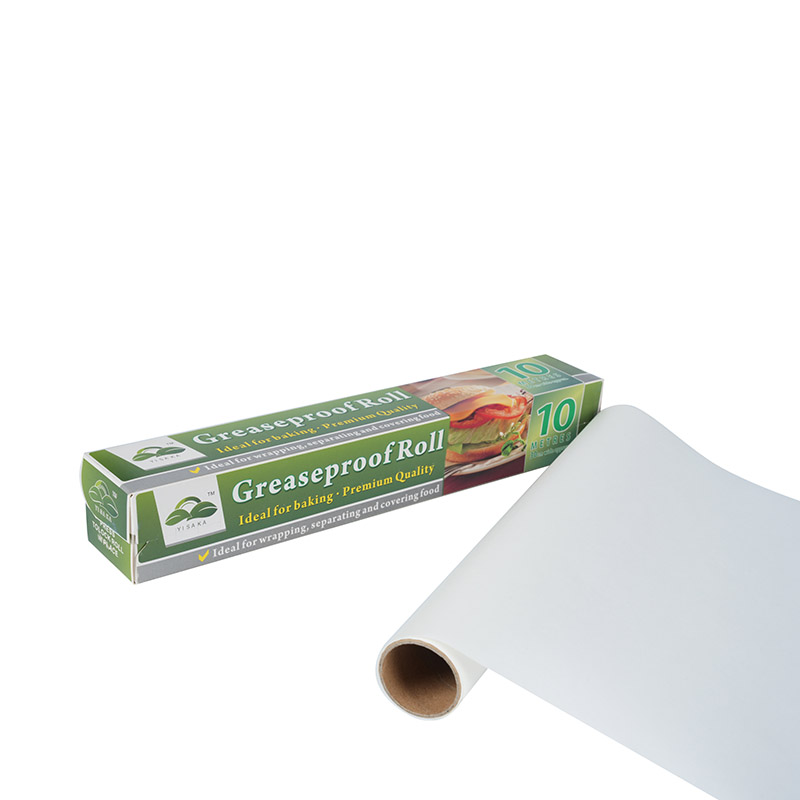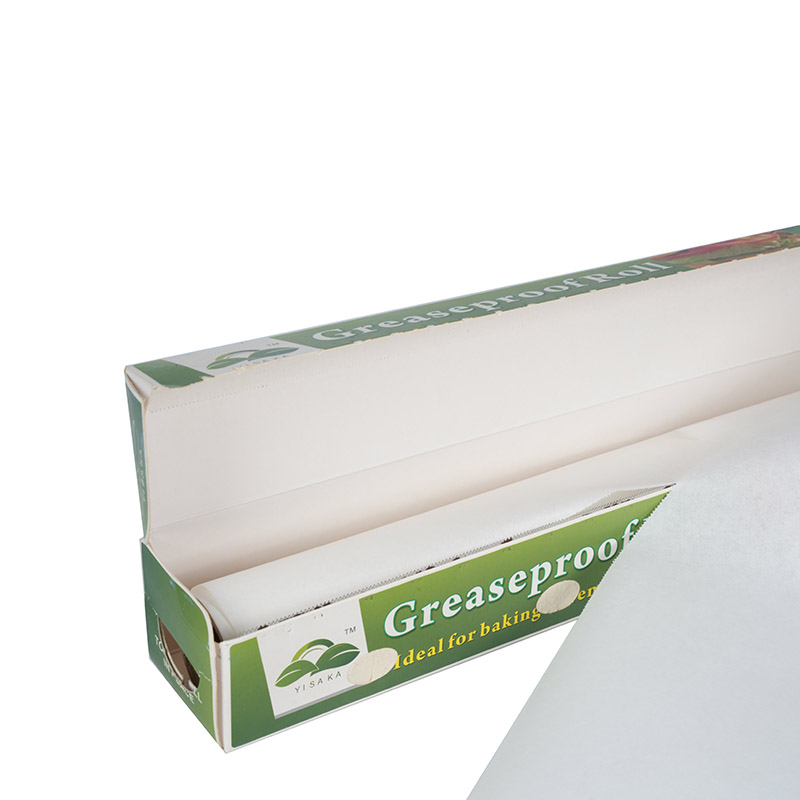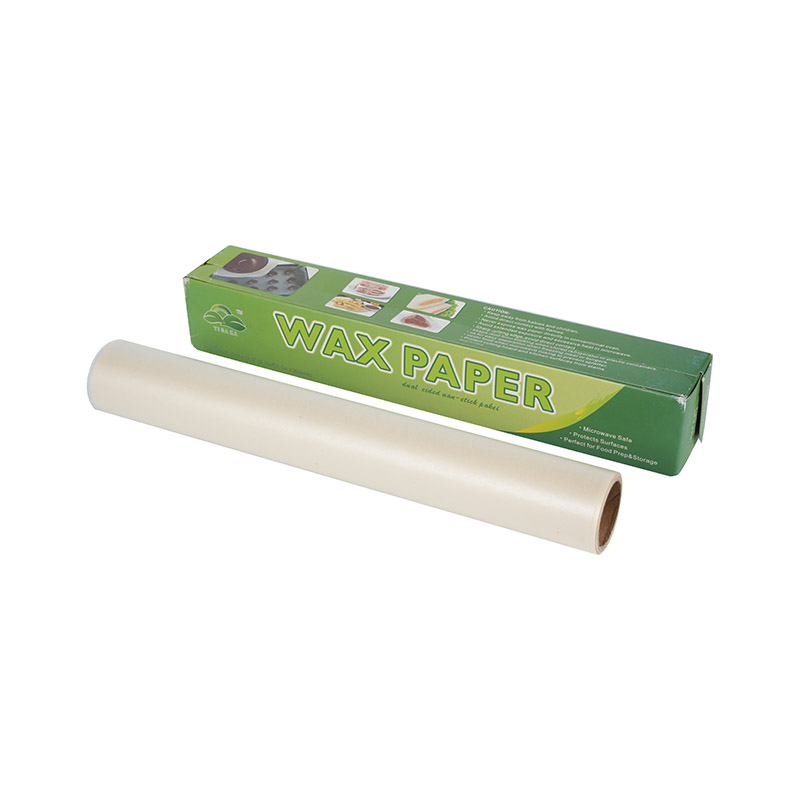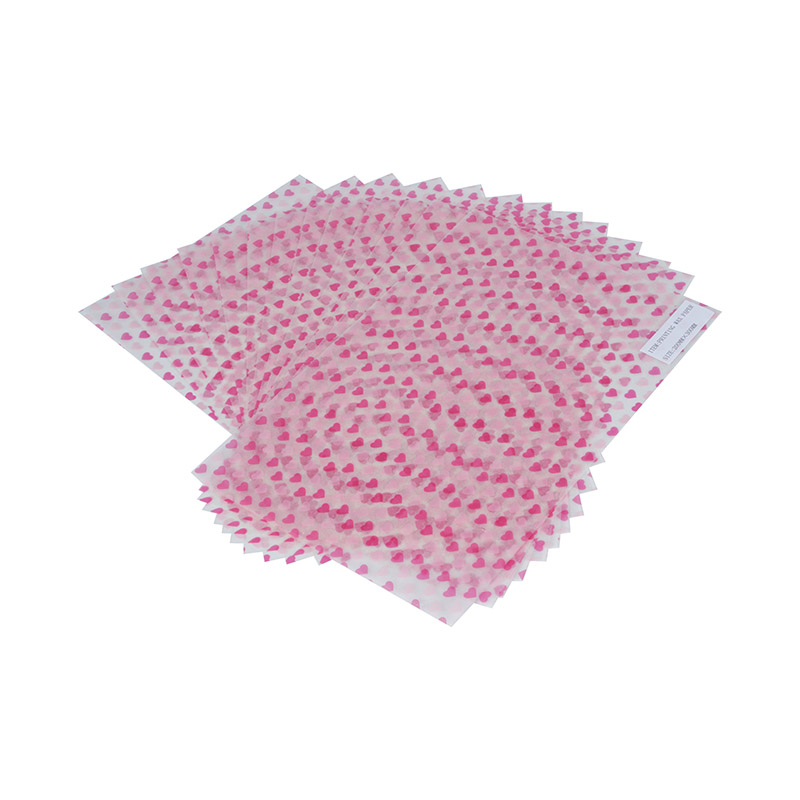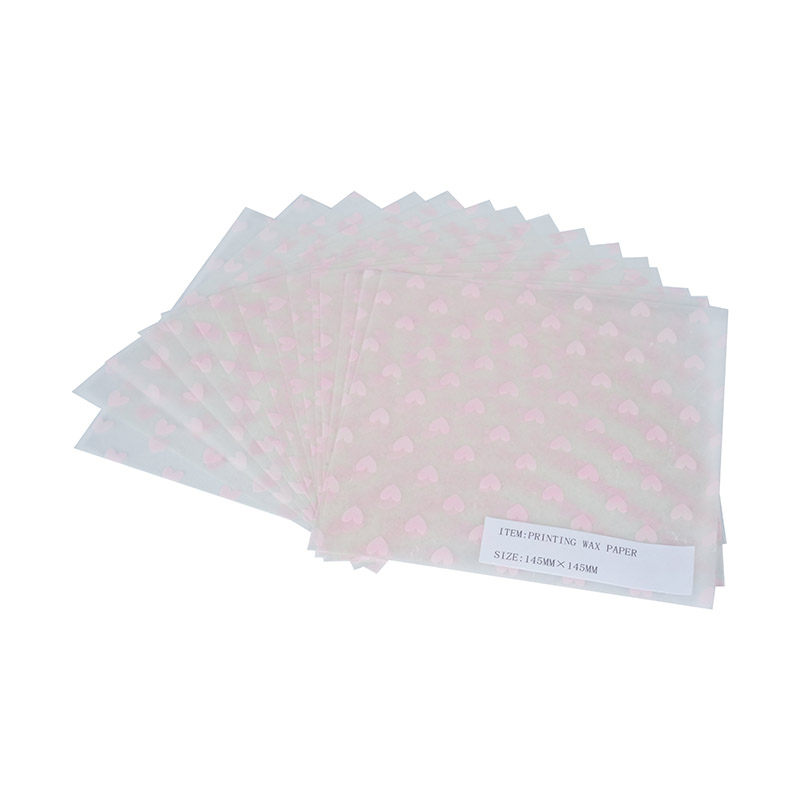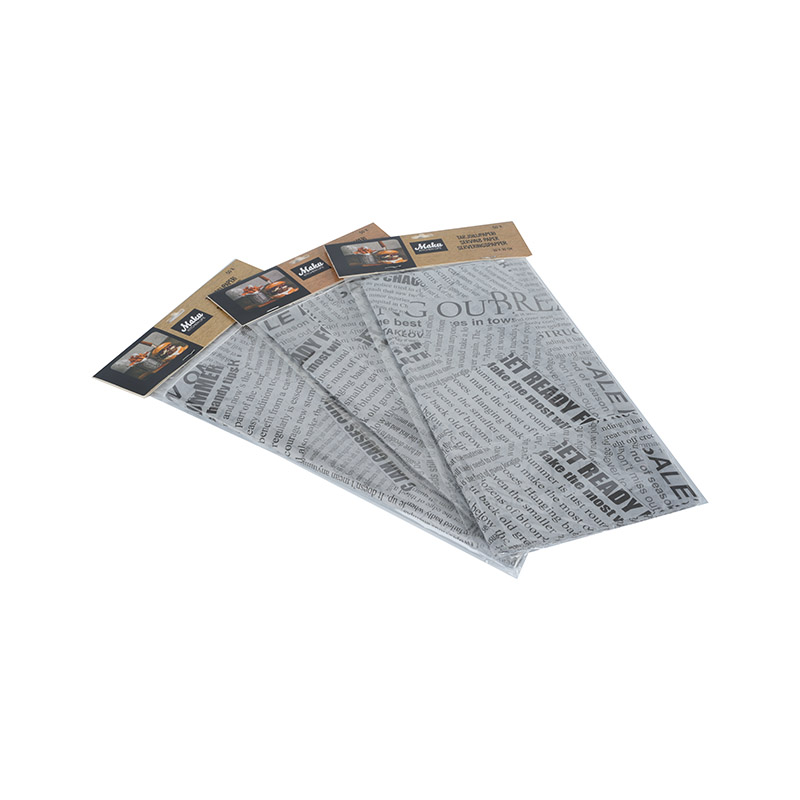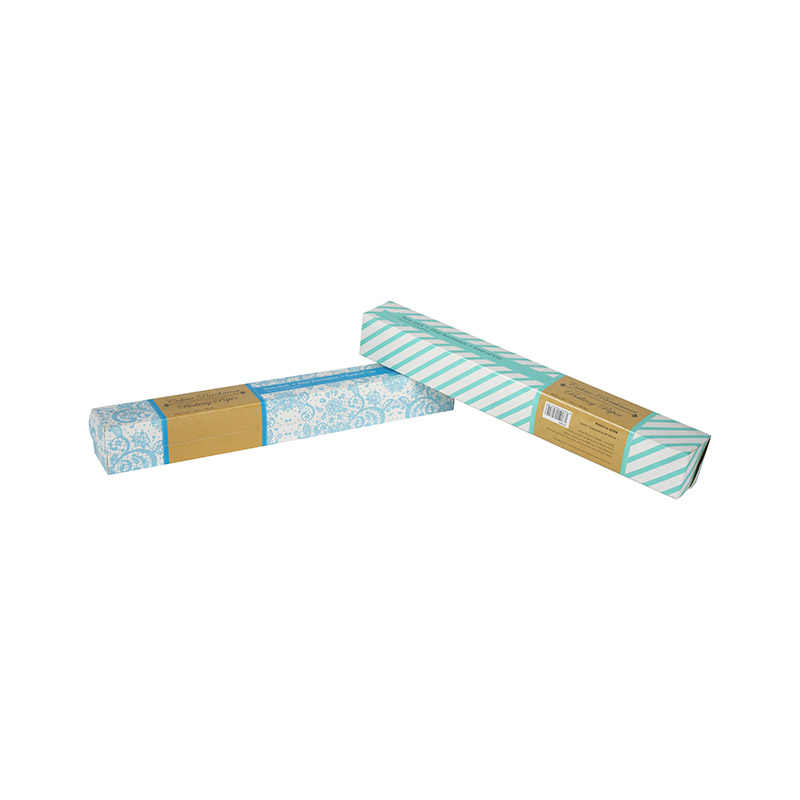Candy wrappers have been a staple of the confectionery industry for over a century, playing a crucial role in product presentation, protection, and preservation. These seemingly simple pieces of packaging are a blend of art, functionality, and science, reflecting both the creativity of designers and the practical needs of manufacturers. Over the years, the evolution of ক্যান্ডি মোড়ক has mirrored the changes in consumer behavior, technological advancements, and environmental awareness.
শুরু থেকেই, ক্যান্ডি র্যাপাররা একটি মৌলিক তবুও প্রয়োজনীয় উদ্দেশ্য পরিবেশন করেছে: ক্যান্ডিকে সতেজ এবং দূষিত থেকে মুক্ত রাখতে। Early wrappers were often made from wax paper or simple foil, providing a barrier against dirt and moisture while also making the product more portable. এই বেসিক মোড়কগুলি নান্দনিকতার দিকে মনোনিবেশ করেনি তবে পণ্য সংরক্ষণের জন্য কার্যকরী সরঞ্জাম ছিল। However, as the candy industry grew and became more competitive, manufacturers began to realize that the wrapper could serve a much broader purpose than just protection.
বিশ শতকের গোড়ার দিকে ভর উত্পাদিত ক্যান্ডিজের উত্থানের সাথে সাথে ক্যান্ডি নির্মাতারা ব্র্যান্ডিংয়ের শক্তি স্বীকৃতি দিতে শুরু করেছিলেন। একটি সু-নকশিত মোড়ক একটি ক্যান্ডি পণ্যকে অন্য থেকে আলাদা করতে সহায়তা করতে পারে, এটি গ্রাহকদের কাছে আরও স্বীকৃত করে তোলে। As a result, candy companies began to invest more in wrapper design, focusing not only on functionality but also on creating an eye-catching package that would appeal to consumers. এই সময়টিতে রঙিন গ্রাফিক্স, লোগো এবং পণ্যের নামগুলির প্রবর্তন দেখা গেছে যা ভাল-প্রিয় ক্যান্ডি ব্র্যান্ডগুলির সমার্থক হয়ে ওঠে। For example, brands like M&M’s, Reese’s, and Snickers began using bright, bold colors and distinctive fonts that made their products stand out on store shelves.
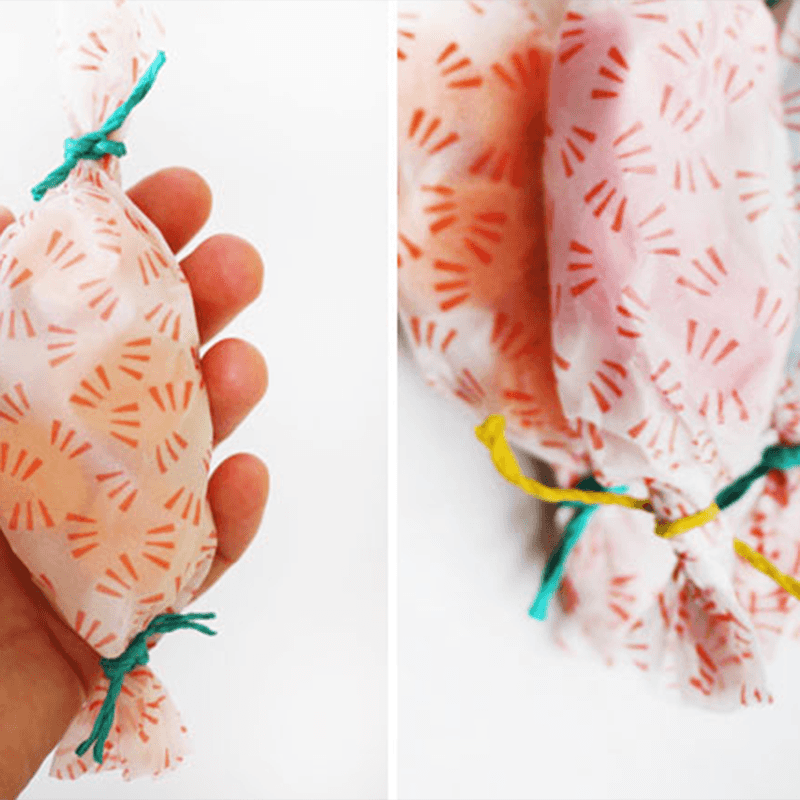
The role of the candy wrapper as a marketing tool became even more pronounced in the latter half of the 20th century with the advent of advanced printing techniques and the use of new materials. Aluminum foil and plastic film allowed for better protection and preservation of the candy inside while also providing a medium for vibrant, full-color designs. ক্যান্ডি মোড়ক কেবল প্যাকেজিংয়ের চেয়ে আরও বেশি হয়ে উঠেছে; তারা ব্র্যান্ডের পরিচয়ের একটি অবিচ্ছেদ্য অঙ্গ হয়ে উঠেছে। Today, candy wrappers are designed to evoke a particular feeling or emotion, often playing on nostalgia, fun, or indulgence to appeal to different consumer segments.
তাদের বিপণন কার্য ছাড়াও, candy wrappers সবসময় ব্যবহারিকতার কথা মাথায় রেখে ডিজাইন করা হয়েছে। ক্যান্ডি প্যাকেজিংয়ে ব্যবহৃত উপকরণগুলির বিবর্তন পণ্যগুলির বালুচর জীবন এবং গ্রাহকদের সুবিধার্থ উভয়ই উন্নত করেছে। অ্যালুমিনিয়াম ফয়েল, প্লাস্টিকের ফিল্ম এবং স্তরিতগুলির সংমিশ্রণটি নিশ্চিত করে যে ক্যান্ডিগুলি বর্ধিত স্টোরেজ পিরিয়ডের পরেও তাজা থাকবে। এই উপকরণগুলির প্রতিরক্ষামূলক প্রকৃতি আর্দ্রতা প্রবেশ করতে বাধা দেয়, যার ফলে ক্যান্ডি গলে বা লুণ্ঠন করতে পারে। এটি চকোলেট পণ্যগুলির জন্য বিশেষত গুরুত্বপূর্ণ, যা তাপমাত্রা এবং আর্দ্রতা পরিবর্তনের জন্য বিশেষত সংবেদনশীল।
ক্যান্ডি মোড়কগুলি গ্রাহকের জন্য প্রত্যাশা এবং উত্তেজনার অনুভূতি তৈরিতেও গুরুত্বপূর্ণ ভূমিকা পালন করে। একটি সু-নকশিত মোড়ক একটি ক্যান্ডিকে একটি বিশেষ ট্রিটের মতো অনুভব করতে পারে, যখন পণ্যটি মোড়ানো হয় তখন অবাক বা আনন্দের একটি উপাদান যুক্ত করে। কিছু ব্র্যান্ড এমনকি ধাতব সমাপ্তি বা হলোগ্রাফিক উপাদানগুলির মতো বিশেষ বৈশিষ্ট্যগুলি ব্যবহার করে, তাদের প্যাকেজিংকে আরও বেশি দাঁড় করিয়ে দেয়। With the rise of digital printing technology, candy wrappers are becoming increasingly personalized, allowing for unique designs that can cater to specific events, holidays, or even individual tastes.


